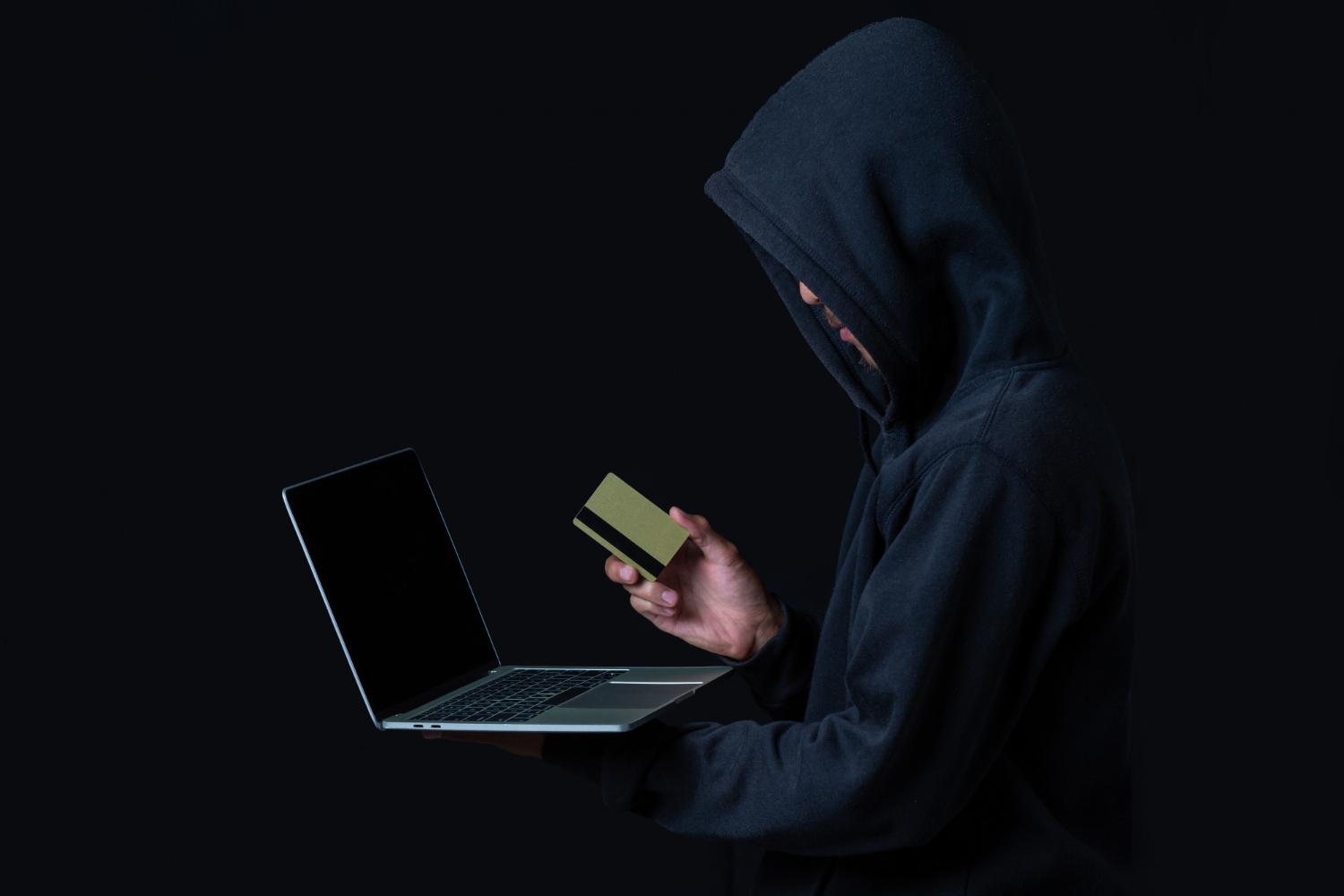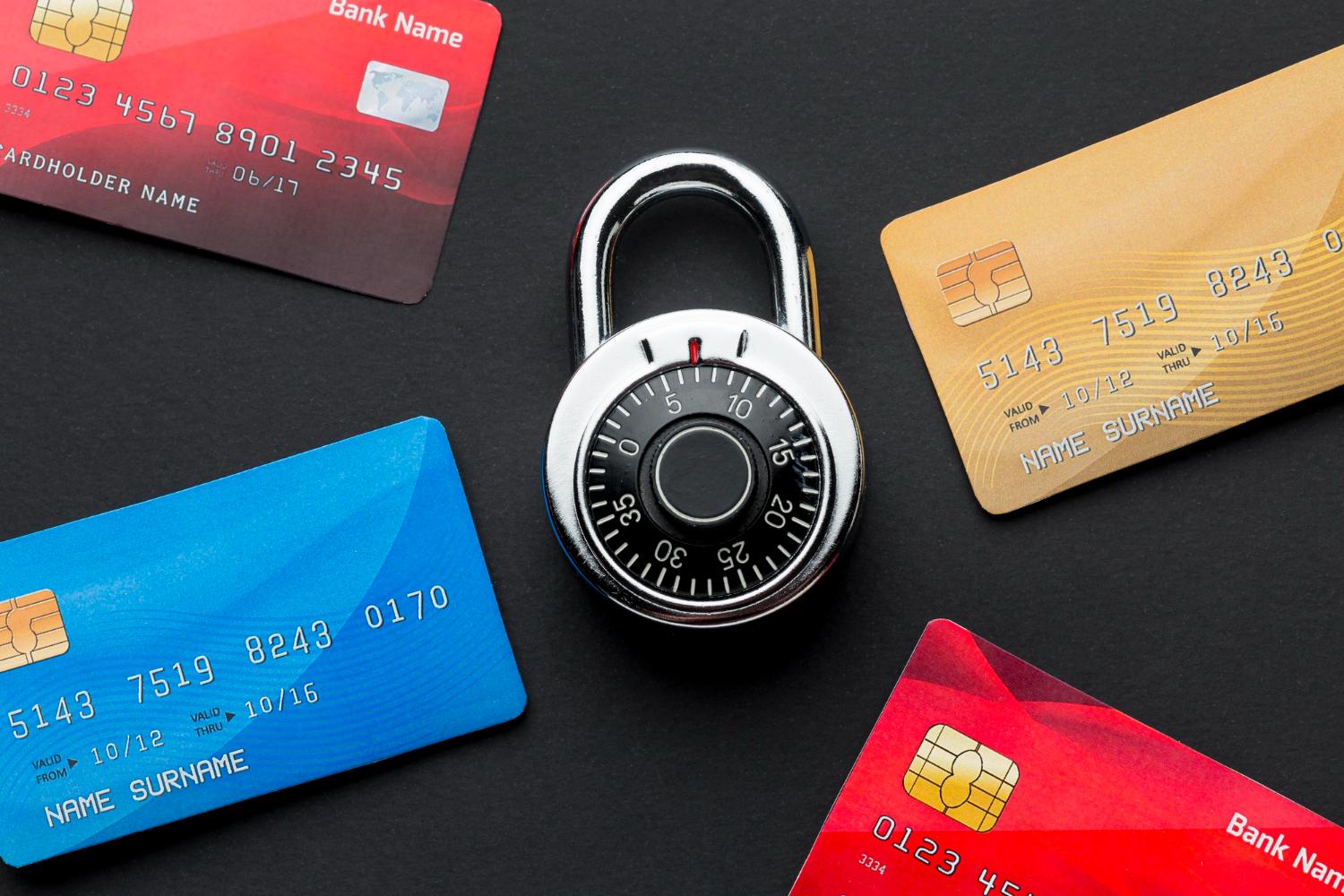
Written by FirmEU Team
Credit card fraud has become a significant threat to business owners, especially in this digital age. Personally, I believe this growth in credit card fraud may be because of the exponential growth of online transactions. Between 2020 and 2021, credit card fraud losses worldwide grew by over 10%, marking the most significant increase since 2018. According to Statista, an estimated 30 billion dollars were lost by merchants and cardholders. With this, businesses must find a more reliable means of transacting with credit cards.
To protect against credit card fraud in your business, there’s a security method called 3D Secure 2.0 for online transactions. This technology checks to make sure the person using the card is the cardholder, not a fraudster. So, how does this apply to you as a business owner or e-commerce merchant?
This blog will educate you on the concept of credit card fraud and how the 3DS 2.0 can protect your online business. Before we talk about 3D secure 2.0 technology, let’s step back a bit and look at what credit card fraud is and how it can affect your business.
Credit card fraud involves the unauthorized or fraudulent use of credit or debit card information to make unauthorized transactions. Businesses are particularly susceptible to this type of fraud due to the high volume of online transactions. This high volume of transactions makes them attractive targets for cybercriminals. There are different methods by which credit card fraud is performed and they include:
Identity theft is a common type of credit card fraud. This is where cybercriminals use different strategies to steal personal data. Criminals frequently use data breaches or flaws in internet systems to get private information, such as social security numbers, addresses, and identities. Equipped with this data, these criminals create new credit accounts or carry out illegal transactions, affecting the legitimate cardholder’s finances and business.
Card skimming is secretly obtaining credit card information through tangible objects. These skimming devices are usually installed by criminals on point-of-sale terminals or ATMs, where innocent consumers insert their cards. Fraudsters can duplicate cards or carry out unlawful transactions by using the devices to scan and record the magnetic stripe on cards. Because card skimming is a discrete method that can compromise many cards, it directly threatens businesses and consumers.
Phishing attacks are cunning tactics scammers use to fool people into disclosing personal information, such as credit card numbers. Phishing efforts usually begin with emails, websites, or messages that appear authentic and are designed to trick cardholders into voluntarily giving out their personal information. There is a chance that you reading this blog have fallen victim or know someone who has fallen victim to phishing. It’s very common.
Account takeover is the highest of all. It occurs when fraudsters have unauthorized access to user accounts, particularly those linked to credit cards. This entails compromising login information using techniques like password cracking, phishing, or taking advantage of weak security measures. Once they gain control, criminals can alter account information, initiate fraudulent transactions, or lock out the rightful account owner.
You will be amazed about how credit card fraud has negatively affected a lot of online businesses. The effects on businesses and respective cardholders are devastating. Here are some of the ways, merchants and customers are affected:
Credit card fraud directly leads to financial losses for businesses. When businesses don’t note fraudulent transactions quickly to stop them, they end up losing money. You may think that credit card fraud should not affect the finances of your business because you are not the one initiating the transactions. But what you fail to understand is that you will be reimbursing affected customers through chargebacks. Chargebacks are when banks reimburse customers for fraudulent charges. This will be putting extra strain on your business and impacting your overall business finances.
Credit card fraud can seriously affect a business’s reputation. News of security breaches or unauthorized transactions can break your consumer trust and tarnish the brand image. In turn, a damaged reputation has long-term financial consequences as it harms the company’s relationships with present clients and discourages prospective ones. As, they will believe your company cannot protect their sensitive financial information, and choose to trade with more secure companies.
Legal matters is one aspect of business you don’t want to joke with. Especially if your company is incorporated in a very strict jurisdiction. In some jurisdictions, credit card fraud can have legal, repercussions on businesses. Regulatory agencies often impose strict security requirements, and noncompliance can lead to fines and legal action. Businesses looking to shield themselves and their clients from the consequences of credit card fraud, like fines must navigate the legal terrain.
Now that we have a solid background on the concept of credit card fraud, let’s move on to the latest preventive measure or solution to credit card fraud; 3DS 2.0.

Arcot Systems and Visa created 3D technology to offer enhanced transmission security. Ever since its inception, major card networks have adopted and used it under names such as ProtectBuy, SafeKey, and others.
The first version of 3D Secure technology was the 3D Secure 1.0, but it had many drawbacks. This included a cumbersome system that increased cart abandonment when the bank’s fraud research indicated that the transaction was possibly unsafe for the consumer to verify their identity. Additionally, only 15 different categories of transaction data could be transmitted in this version, which restricted the analysis that could be performed.
With these limitations in mind, EMVCo created the 3D Secure 2.0. This became the updated version of 3DS technology. The 3DS 1.2 was introduced to sort the issues of 3DS 1.0 and new features were added too. So now, it has become an appealing alternative for merchants and banks, given the growing number of smartphone customers.
3D Secure 2.0 is an additional layer of security designed to authenticate the identity of customers engaging in online transactions. 3D Secure technology adds an extra authentication step during the online payment process. I.e. it enables merchants and banks to use two-factor authentication to validate the customer’s identity while allowing real-time transaction verification with the cardholder’s issuing bank.
Unlike the first version, more than 100 pieces of information can be transmitted to the issuing bank via 3-D Secure 2.0. This enables more efficient risk analysis.
Also, it is no longer necessary for cardholders to memorize static passwords, and the customer experience is easier.
Here is how the 3D technology works:
The 3D Secure 2.0 authentication process begins when a consumer starts an online transaction. The system evaluates the risk involved in the transaction as the payment request is delivered. This is based on several variables, such as the customer’s past transactions, device details, and other data points.
In contrast to 3D Secure 1.0’s static authentication procedure, 3D Secure 2.0 uses a dynamic risk-based method. The system assesses the transaction’s risk rating in real time based on the available contextual data. This check determines if additional steps are needed to make sure it’s the user.
If the system considers the transaction to be high-risk, the user is prompted for further authentication. One-time passwords, biometric authentication, and other safe techniques are used. On the other hand, low-risk transactions go through frictionless authentication, which eliminates the need for users to take any extra authentication and guarantees a smooth checkout process.
The adaptive security features of 3D Secure 2.0 surpass the one-size-fits-all method of its initial version. Numerous factors are considered throughout the dynamic authentication process, including device information, transaction patterns, and past user activity. By using an adaptive method, the system can balance security and user convenience by adjusting the required level of authentication based on perceived risk.
Based on the upgrade in the 3D Secure technology, both businesses and customers now enjoy several advantages. Below are some of the benefits both customers, merchants, and banks enjoy:
One of the main benefits of 3D Secure 2.0 is reducing user friction. With dynamic authentication and risk-based assessments, low-risk transactions can proceed seamlessly without requiring additional steps. This minimizes the likelihood of cart abandonment and improves the overall user experience during the checkout process.
Merchants and banks can benefit from heightened security measures that come with 3D Secure 2.0. This protects the business from financial losses and safeguards customers’ sensitive financial information, fostering trust in online transactions.
3D Secure 2.0 promotes global interoperability, making it an ideal solution for e-commerce businesses with an international presence. The standard authentication process ensures consistency across regions, facilitating a seamless experience for customers regardless of their location.
By adopting 3D Secure 2.0, businesses can align with regulatory requirements and industry standards for online transactions. Meeting these compliance standards enhances the business’s credibility and mitigates the risk of legal consequences associated with insufficient security measures.
Now that we have looked through the importance of 3D Secure 2.0 as a way to prevent credit card fraud in your business, here is a list of businesses that can adopt this technology:
Online retailers and e-commerce merchants are particularly vulnerable to credit card fraud due to the nature of their transactions. 3D Secure 2.0 provides an additional layer of protection during online payments, safeguarding the business and its customers from unauthorized transactions.
Merchants and banks that offer online transactions can integrate 3D Secure 2.0 to enhance the security of their digital banking services. This is important in protecting customers’ financial assets and maintaining trust in online banking systems.
Companies that offer payment processing services can incorporate 3D Secure 2.0 to provide their clients with an added security level. This protects the payment service provider from potential fraud-related liabilities and strengthens their value proposition to businesses seeking secure payment solutions.
Businesses in the travel and hospitality industry, such as airlines and hotels, handle significant online transactions. Incorporating 3D Secure 2.0 can fortify their payment processes, ensuring a secure environment for customers booking flights, accommodations, and related services.
Companies offering subscription-based services, such as streaming platforms or software-as-a-service providers, can benefit from 3D Secure 2.0. This is particularly important to prevent unauthorized access and ensure that only legitimate subscribers can access paid content or services.
Businesses selling digital goods, such as software, ebooks, or online courses, often face the challenge of digital piracy and unauthorized access. 3D Secure 2.0 aids in mitigating these risks, protecting the revenue streams of digital content providers.
As healthcare services increasingly move online, ensuring the security of financial transactions is paramount. Healthcare providers and telemedicine platforms can implement 3D Secure 2.0 to protect patients’ financial information during the payment process for services or consultations.
Online gaming and entertainment platforms process many microtransactions, making them susceptible to fraud. By incorporating 3D Secure 2.0, these platforms can enhance the security of in-game purchases and subscription services.
Educational institutions offering online courses and programs can use 3D Secure 2.0 to secure transactions related to course enrollment and tuition payments. This is especially relevant as the demand for online education continues to grow.
Government entities involved in online services, such as tax payments or license renewals, can leverage 3D Secure 2.0 to protect citizens’ sensitive information and ensure the integrity of financial transactions. This will help avoid credit card fraud.
Getting a payment expert to set up 3D Secure 2.0 for your business is a smart move against credit card fraud in your business. It makes the process smoother and ensures everything works well. Here’s why having a payment expert is helpful and how they can make sure 3D Secure 2.0 is integrated successfully:
Credit card fraud in your business is risky, as this can put your business’s finances, reputation, customer trust, and legal status in danger. As fraud tactics evolve with technology, using 3D Secure 2.0 keeps businesses ahead in security. Even though it might need planning and tech work, the lasting benefits like better security, less fraud risk, and increased customer trust make it a valuable investment. Contact FirmEU now to get started.
Discover the full range of services we can offer with a free quote.